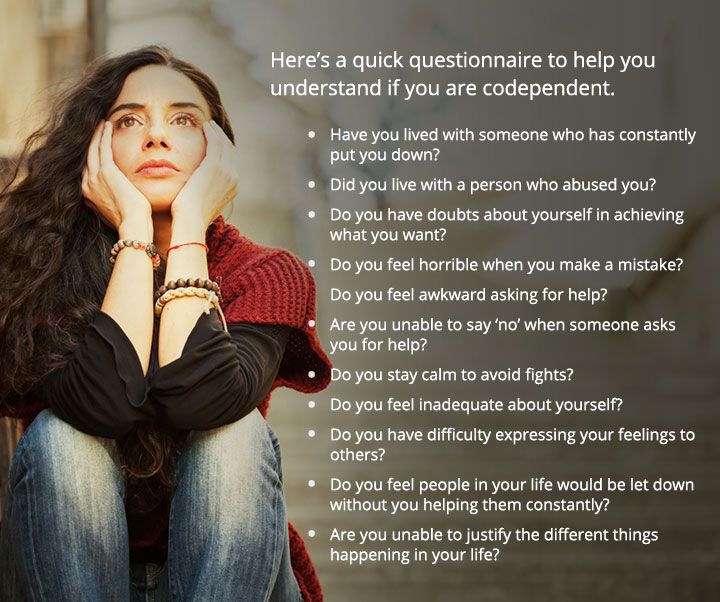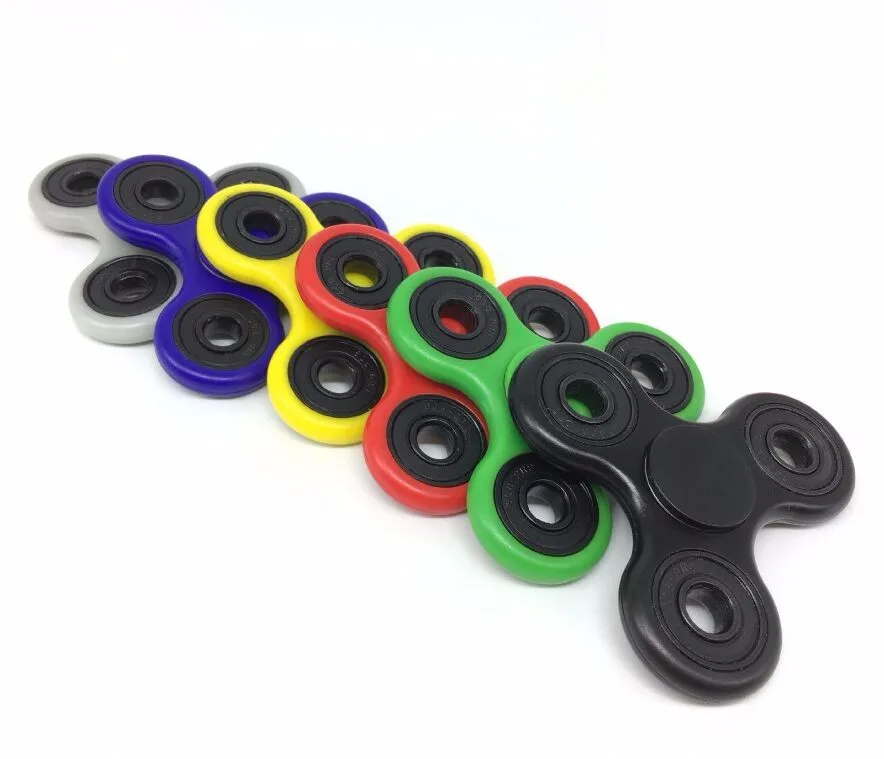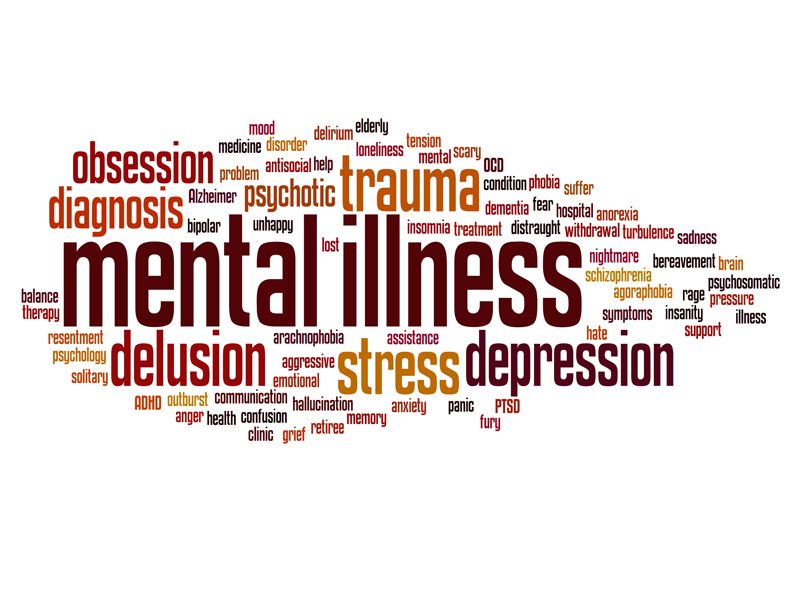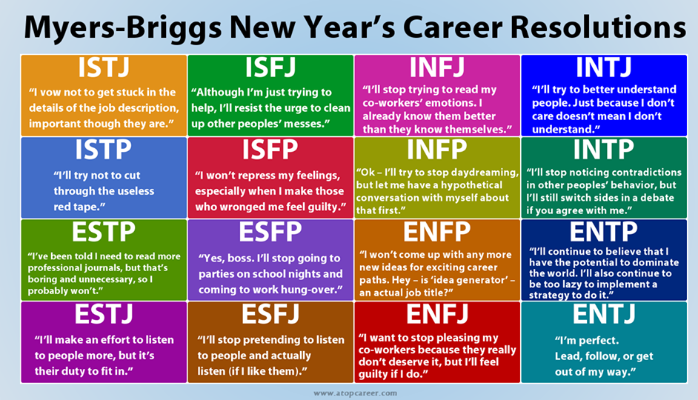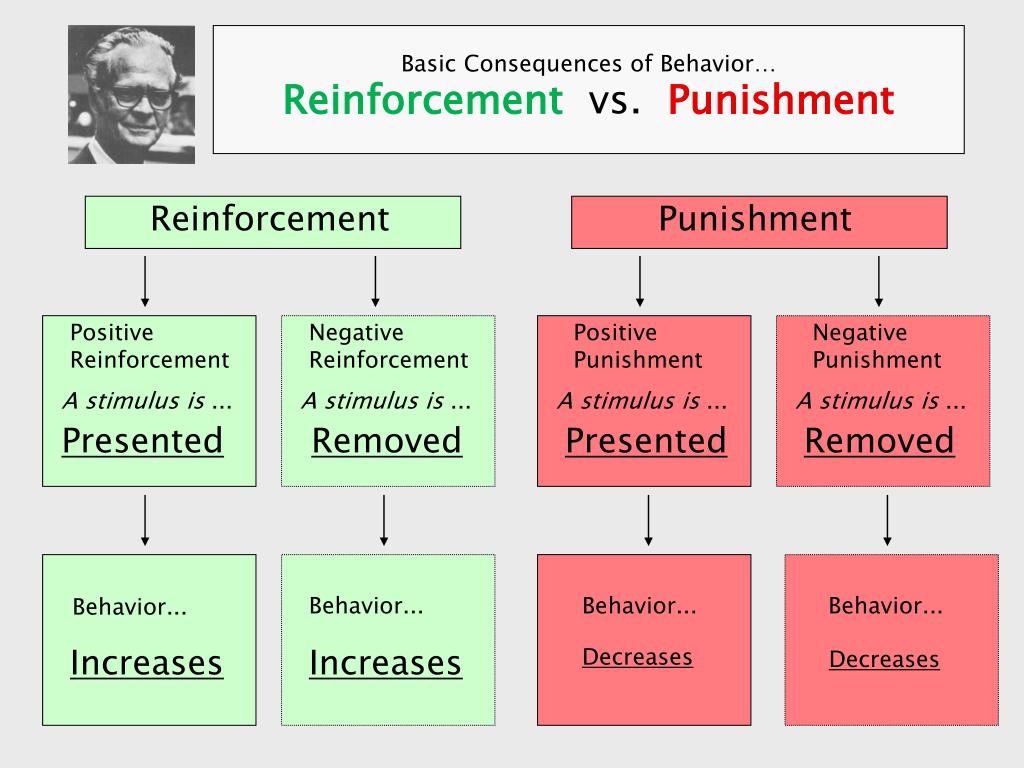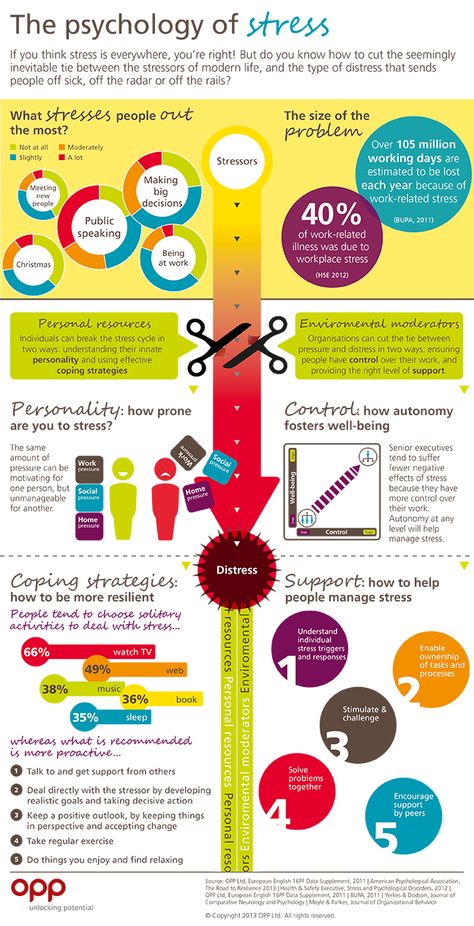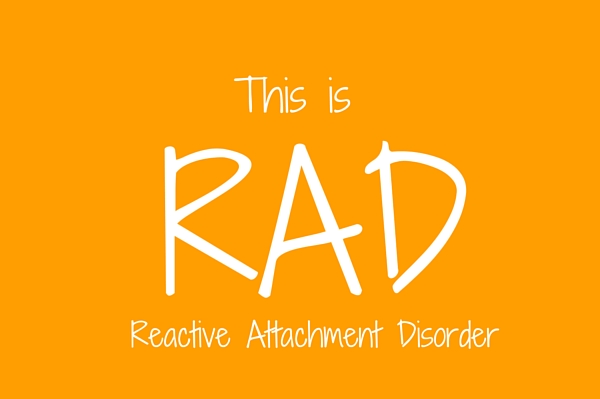Codependent relationship help
10 Healthy Steps to Fix a Codependent Relationship
In This Article
While it is a sign of a healthy relationship to allow your partner to support you physically, mentally, and emotionally, the tide quickly turns unhealthy when we disconnect from our own ability to support ourselves and struggle at overcoming codependency.
A codependent relationship signifies unhealthy neediness and clinginess.
For a love bond to survive and thrive it is crucial to change a codependent relationship, stop subverting your own needs and sense of self-worth, and get back on an even keel with your partner.
For the same patterns that foster attachment and connectivity, when exaggerated, also lead us to being emotionally hostage within our relationship.
That’s when one starts seeking help for codependency in a relationship, and breaking the cycle of a codependent relationship.
According to the experts on the subject of codependency in relationships, healing a relationship from codependency becomes an arduous process, as if left untreated, it gets worse over time.
We are left grappling with the questions, “how to overcome codependency?”, looking for different avenues that offer codependency help, so we can change a codependent relationship and not lose sight of ourselves.
In the process of blending two lives, there are spoken and unspoken agreements of how this plays out, and before you know it, it may seem more like one life being supported by two people.
Also, watch this:
If you’ve found yourself in these patterns of codependency, here are ten ways to re-establish healthy boundaries and fix a codependent relationship.
10 tips for overcoming codependency in relationships
1. Question your intentions
Within codependency patterns, it is often the case that we have lost our way in decision making within the relationship. Ask yourself if your intentions are more for your benefit or your partner’s.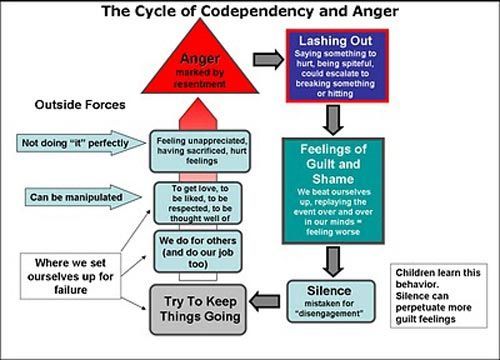
When we find ourselves constantly putting our partner’s wants and needs ahead of our own, we become more prone to neglecting ourselves and building resentment towards our partner.
Understanding the intention behind our behaviors allows us a chance to act from a place of empowerment, rather than react to the perceived feelings of our partner.
2. Learn to identify your own feelings
One of the most common dynamics within codependency is over-identifying with the feelings of our partner, and under-identifying with our own feelings. Feelings provide a wealth of information and guidance.
So, if we constantly pay more attention to the feelings of our partner, we more than likely are acting in a manner more serving and attentive to them, regardless of our own emotions.
The more we can identify our own feelings, the more we can begin to attend to our own needs and fix a codependent relationship.
3.
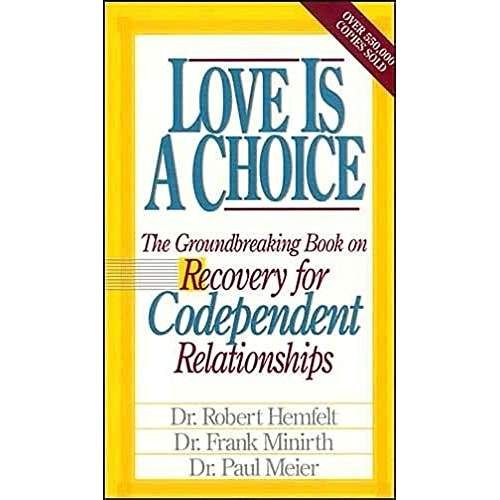 Practice spending time alone
Practice spending time aloneCodependency patterns begin to develop when we start to use other people as a way to manage our own discomfort and emotions.
Not only do we need quiet time and space to identify our emotions, but time spent alone is also necessary in developing trust that we can take care of ourselves and our emotions.
Just like any relationship, trust is built over time, and our relationship with ourselves is no different. Give yourself time to get to know yourself outside of your relationship.
4. Lean into the discomfort
As humans, we are hard-wired to avoid pain and discomfort, which also leads us into fairly creative escape patterns.
But while humans are designed to avoid pain, the human experience is programmed to include it.
When it comes to codependency, we can attempt to control our own experience, avoiding the awkward and uncomfortable, by overly focusing on and caring for our partner.
The old adage, “if you’re okay, I’m okay.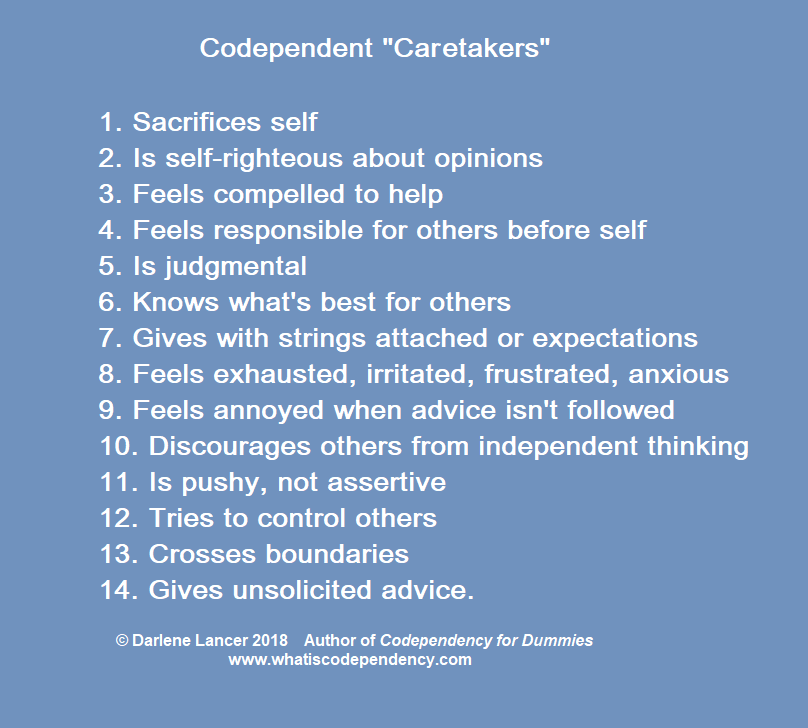 ”
”
Until we learn that we have the capacity and capability to manage the uncomfortable, we will continue to find ourselves in these patterns of avoidance.
5. Practice making decisions
When we lose pieces of ourselves in a relationship, we also lose our ability to voice our wants and needs.
Allow yourself a chance to practice making decisions.
- Name the restaurant you want to go to for dinner.
- Say “no” to the latest invitation.
In giving yourself a chance to make such decisions, you’ll gain more awareness of yourself, and more confidence in your ability to use your voice.
6. Allow space for confrontation
Within patterns of codependency, there is a theme of compliance to avoid confrontation. We can become overly agreeable to the thoughts of our partner to keep from entering a disagreement that may be uncomfortable.
Not only can this be unhealthy, it can be incredibly unrealistic.
In two people coming together in a relationship, there are bound to be differences in opinions.
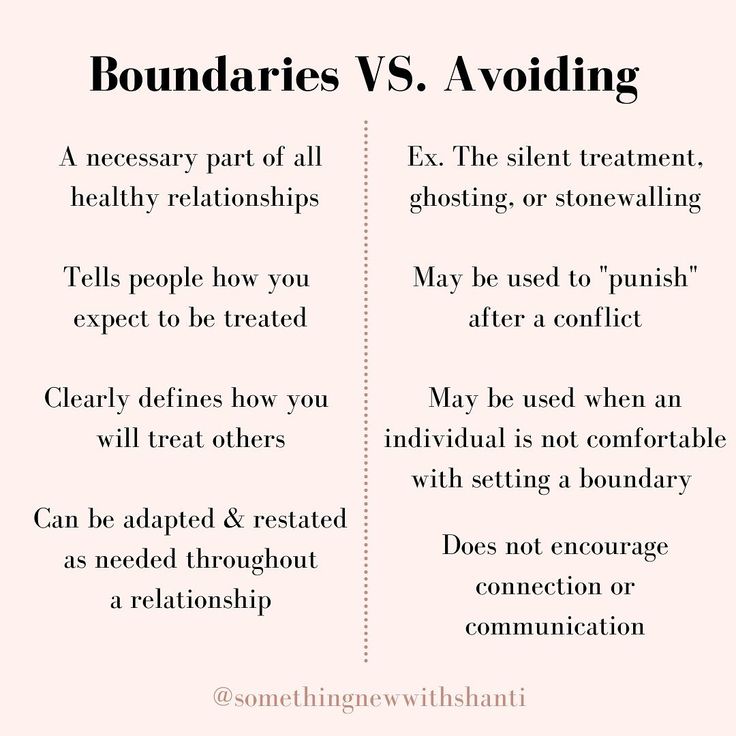
Giving yourself permission to disagree provides you an opportunity to let your partner know you, and provides your relationship an opportunity to learn how to communicate.
Confrontation, while perhaps unpleasant, is an important aspect of keeping relationships healthy.
7. Ask for help
While patterns of codependency can often look like an over-reliance on others, it is rare to hear assertive requests for support.
Codependency occurs when we manipulate partners into acting a certain way without intentionally voicing our needs or desires. However, it is not from a place of malicious intent but more from the need to facilitate a desired outcome.
In order to break this passive communication pattern that fuels codependency, we must first practice asking for help.
Start off as small as you may need, perhaps asking your loved one to pass you a tissue, in order to develop a habit of openly letting requests for support be heard.
8. Learn to say “No”
Fear of rejection is one of the most prevalent fears underlying patterns of codependency.
In fearing rejection in a codependent relationship, we can develop a narrative that we must play a certain role in order to hold value within a relationship. This keeps us in a pattern of saying, “yes,” in order to maintain that role, regardless of our own needs.
If it is hard to say, “no,” within a relationship, then a “yes,” will always be undermined.
Asserting healthy boundaries requires an expansion of our role within a relationship.
9. Observe yourself through the eyes of a loved one
How would you feel if your closest friend, child, or loved one was in the relationship you have?
This question often provides great insight into the patterns within your relationship that are no longer serving you.
If you would hate for someone you care about to hold your role within a relationship, what keeps you playing that role
- What would you hope for your loved one?
- How could you work to find that for yourself?
Allow yourself to expect the same for yourself as you would those you care about.
10. Find your voice
Rarely will relationships hold a true fifty/fifty divide, but patterns of codependency are fueled when one partner is continuously accepting less space within the relationship.
The more space you allow yourself to take up in the relationship, the more you also give yourself permission to use your voice and advocate for your own needs.
Give your partner an opportunity to know you better by making your voice heard. Unlike codependent relationships, healthy relationships are flexible enough to provide room for both partners.
How to Become Less Codependent in Your Relationship — Dr. Kristin Davin, Psy.D
How to Become Less Codependent In Your RelationshipIt's hard to be in a relationship and not feel the urge to be overly involved in your partner's life, but it can cause problems for both parties if you are not careful. Although it can be difficult to recognize when you're being codependent, especially if you're not used to being alone and not dealing with things on your own, there are ways to become less codependent in your relationship.
A codependent person has a need to ’fix’ others, sacrifice their needs for others, and is a people pleaser. They tend to the needs of the other person and are viewed as the ‘giver’ in the relationship and when they don’t feel needed by the other person, they tend to feel worthless and sad. Contrary to that is the enabler who is viewed as the ‘taker.’ They will continue to take from the giver.
This type of relationship often becomes unhealthy and is reinforced over time. Although these relationships are often unhealthy and are not sustainable long-term there are ways you become less codependent in your relationship.
8 signs of a codependent relationship1. A dysfunctional relationship. It’s a dysfunctional relationship where two people feel they cannot exist without one another. Being codependent creates a circular relationship where one person needs the other person who then needs their partner to be needed. This is very unhealthy and is reinforced over time, by both people. This also creates a circular relationship where one person needs the other person who then needs to be needed.
This also creates a circular relationship where one person needs the other person who then needs to be needed.
2. Emotional bonding. People in codependent relationships sometimes suffer from emotional bonding. This is when two people become so emotionally attached to each other that they can't function without each other even if this attachment isn't healthy or good for either one of them.
3. Imbalance of power. An imbalance of power occurs when one person is giving too much energy and time to the relationship with an excessive focus on the other person. This person often will take advantage of this - often unintentionally. This tends to maximize their needs and desires forsaking the other person’s needs and desires.
4. You want to change them. When we realize our partner is different from us, often in critical ways, you might want to change them so that the differences and often the strife is less.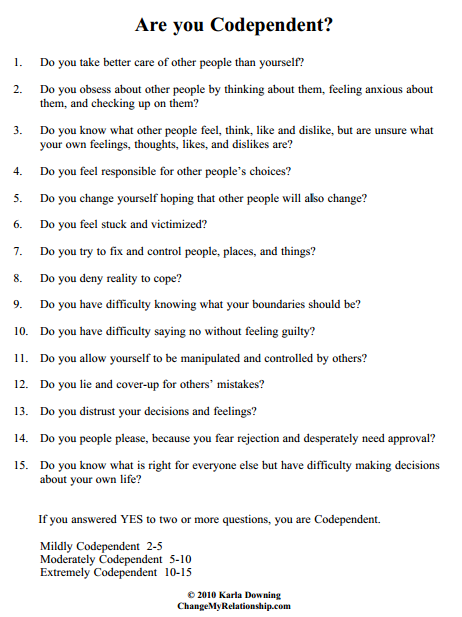 This never works. A person can only change if they want to. There is nothing a person can do to change another person.
This never works. A person can only change if they want to. There is nothing a person can do to change another person.
5. Lack of self-care. You forsake what you want to do to spend time together. There might be things you want to do, but don’t do them because you want to spend time with them. Spending time with your partner is good and can be healthy - within healthy limits and boundaries. It might be hard for you to follow through with plans that you made when you realize you will be spending time apart.
6. Unable to describe your relationship. When you are in a codependent relationship, you might have a hard time explaining or sharing your thoughts and feelings about the relationship. This is often because you are hyper focused on the other person and unable to articulate how you really feel.
7. You have a hard time being alone. Being codependent often results in you having a hard time tolerating being alone or not hearing from your partner. Being alone makes you feel unsettled and anxious.
Being alone makes you feel unsettled and anxious.
8. Your needs are being met. This is often because you struggle to ask for what you need. Sometimes you are not sure what you need or because you are - again - so focused on the other person, you are don’t know what you need. Also, even if you know what you need, you feel you don’t have the right to ask for what you need.
If you would like to discuss how to become less co-dependent in your relationship with a trained professional to see how we can work together, just click the button below! I provide a free 20-minute consultation:
How Does Someone Become Codependent?Codependency is often rooted in adverse childhood experiences (ACE). A person can become codependent when they take on an inappropriate emotional responsibility or they are ‘parentified’ (being placed in a parental role at a young age) in order to survive a traumatic upbringing.
When this happens the person - often the child - will begin to neglect and forsake their needs for the sake of another’s - usually the parent.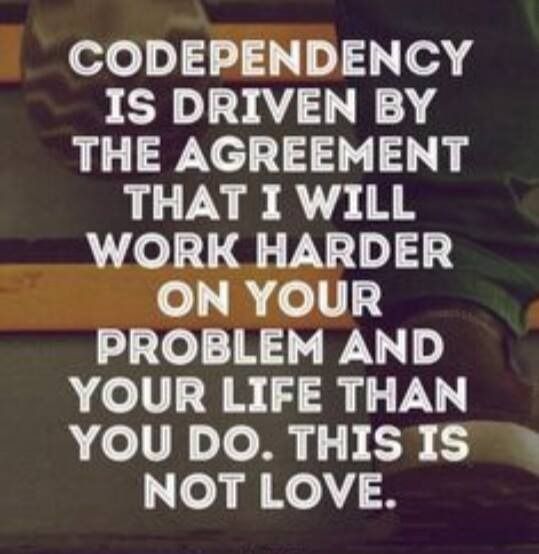
Unfortunately, this becomes a learned behavior that on the one hand helps you survive your childhood, but sets you up to struggle to maintain healthy relationships as an adult. And all too often, a parent is either over or under protective which encourages in unhealthy ways for the child to become codependent.
But having an awareness and understanding of codependence can help you find clarity and peace in your relationships, which can be the path to being less codependent. Don’t forget - change IS possible.
You May Be In A Codependent Relationship If:You feel anxious if you don’t hear from your partner.
You are too needy in the relationship.
You have a difficult time being without them for extended periods of time. You need to see and hear from them constantly.
Your relationship is the source of your overall happiness, self-worth and self-esteem.
You experience a constant fear of rejection, abandonment, and criticism.
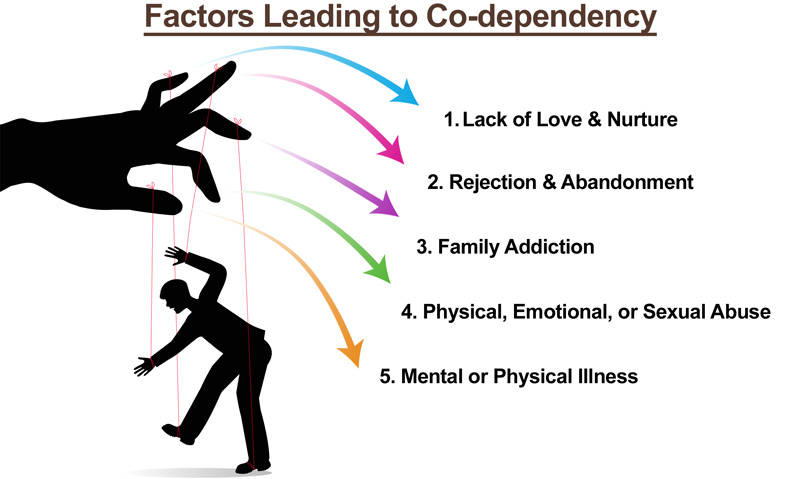
You always feel the need to ensure they are happy with you.
You don’t know how to take care of yourself without them there to help.
You often try to change your partner because you hold onto an overly idealized view of your partner.
Issues remain ongoing and unaddressed magnified by poor communication and a relationship imbalance
You feel like you cannot live without them.
You feel a strong desire to keep yourself connected with the other person.
It's common for people in relationships to become codependent. It's a natural tendency that we all have. It’s not necessarily a bad thing, unless there is an imbalance of power and you forsake your needs for another person. However, there are ways you can start to heal and become less codependent in your relationship.
1.) Learn to put your own needs first.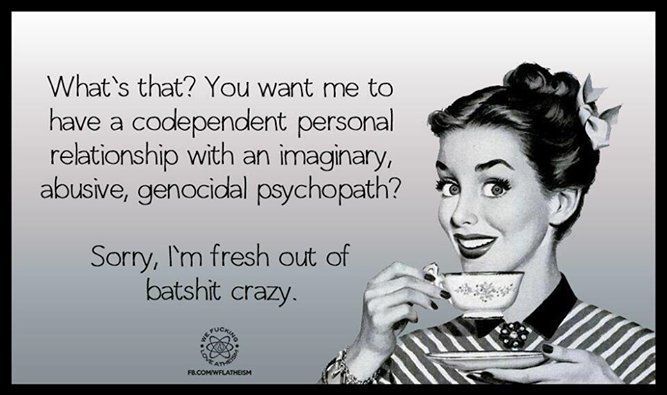
Someone who is codependent doesn’t put themselves first - rarely ever. Learning how to do this through small steps, is critical for your growth. This helps you become less emotionally needy.
Ask yourself, what is important to me? What is something that I would like to do that meets my needs? These are important questions because when a person becomes codependent, they can easily lose their sense of self - like who they are and what they want. It's important to be selfish at times. Find these times so that you can honor your needs and wants.
It’s important to learn how to take care of yourself before you can help others do the same. This means making sure that your basic needs are met and that your feelings are validated by someone else not just in your head but also out loud.
A person who takes good care of himself or herself is less likely to suffer physical, psychological, or emotional problems. It is often challenging for people who are codependent to put themselves first, but this is a critical first step.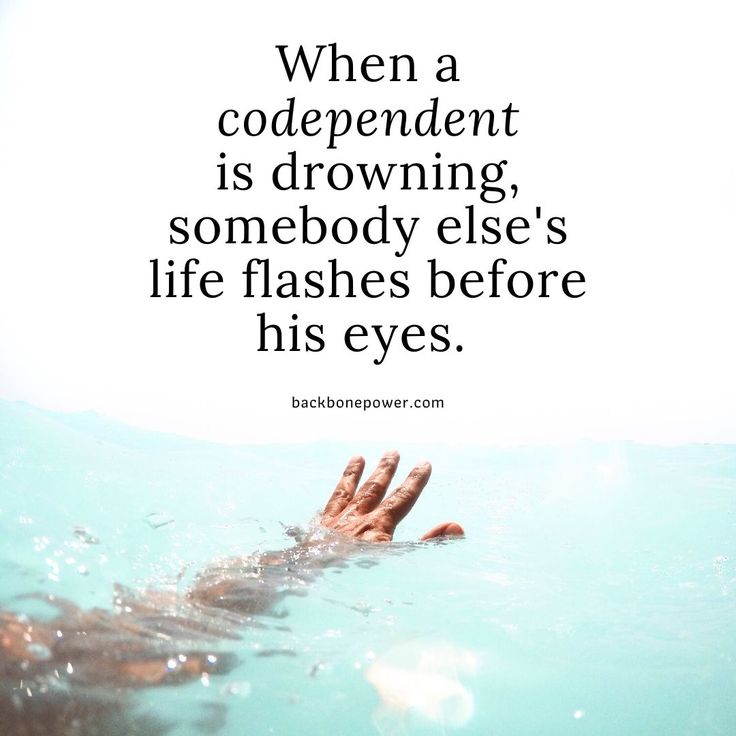
Self-care can be anything you want it to that nurtures you in physically, emotionally, and mentally healthy ways. This could be taking a bath or going for a run. It could also mean meeting with friends or participating in hobbies that bring joy into your life - like writing, journaling, reading - just any activity or hobby - without your partner.
This means learning how to value yourself and find and honor your own needs. Journaling is a great way to show self-love and write ways you can affirm yourself. Self-care also means exactly what it says - care for yourself - whatever this may look like. This also helps you become less resentful with your partner.
If you would like to sit down and discuss how you can care for yourself more, and work on your co-dependency, I provide a free 20-minute consultation to see if I would be a good fit for you.
3.) Communicate with your partner.The most important thing you can do to make your relationship healthier is to start communicating with your partner.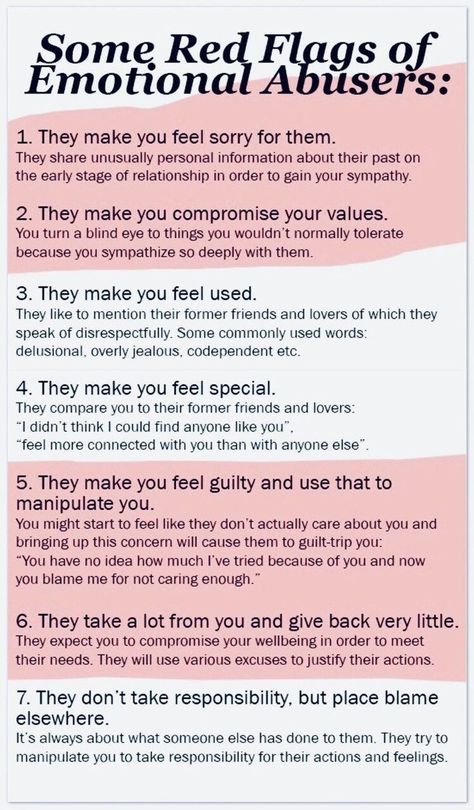 If you do not communicate with your partner about what makes him or her happy or unhappy, you will be unable to offer the support necessary for growth and development.
If you do not communicate with your partner about what makes him or her happy or unhappy, you will be unable to offer the support necessary for growth and development.
Learn how to express your needs, listen with intention, and find new ways in which you can start to communicate with your partner in more effective and healthy ways.
People who are codependent in relationships often communicate their needs in a passive-aggressive way, riddled with resentment, immature and primitive (thinking and behaving), and lacking a sense of self. Good communication also includes being assertive (using your voice, not being aggressive) saying how you feel using ‘I’ statements, and acting with consideration and understanding.
Start communicating with your partner which means that if you are asked to do something tonight and you are not able, then say I am not available at this time rather than giving an excuse. This also means sharing with your partner the roots of your codependency and your desire to change.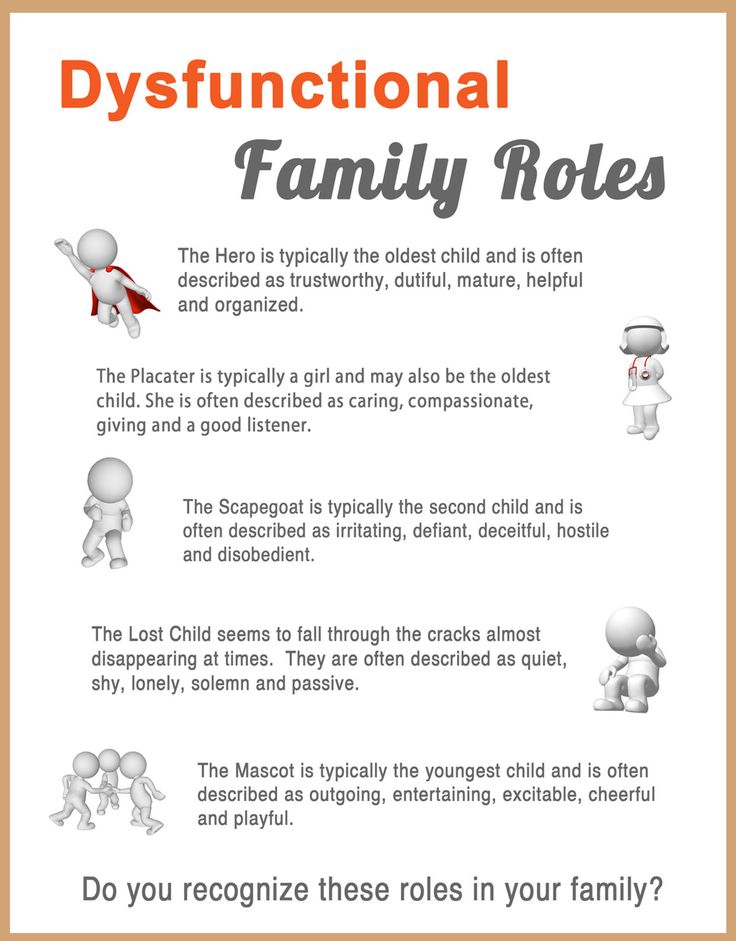 Healthier communication helps you more confident using your voice and making necessary changes.
Healthier communication helps you more confident using your voice and making necessary changes.
Think about the patterns in your life and how they affect your partner. For example, if you tend to get very anxious before big events or when things are changing quickly, consider how this might affect your partner.
They too may be feeling anxious about plans changing at the last minute or if they have something stressful going on at work. It’s important to understand how your actions impact each other so that you can support each other in times of need.
It is also important to identify the triggers that activate your needs to take care of others and please others, forsaking your sense of self.
It also helps to identify patterns in your life that led you to become codependent and to also take the time to discover and look for signs of what it means to be in a healthy relationship. You can do this by not only unraveling your patterns but by looking at incorporating new patterns of relating.
Ask: Am I this way in other relationships? Or in previous romantic relationships? This is the time to do a relationship inventory to figure out your patterns. I will share a video on what a relationship inventory in the video write-up. Look for patterns that reinforce your codependency tendencies.
5.) Read about codependency.Becoming aware is the first step and then take the next step to read about codependency to educate yourself and become more knowledgeable. This will also help you change. Books such as Codependent No More and Boundaries are both filled with information.
Beyond reading about codependency, also read about trauma and your attachment style. There are many resources, blogs, and articles (and people!) that you can read to learn the signs of a healthy relationship.
6.) Set boundaries for yourself.Setting boundaries for yourself helps you become less of a people pleaser. Saying yes and no to things that you do or don't want to do.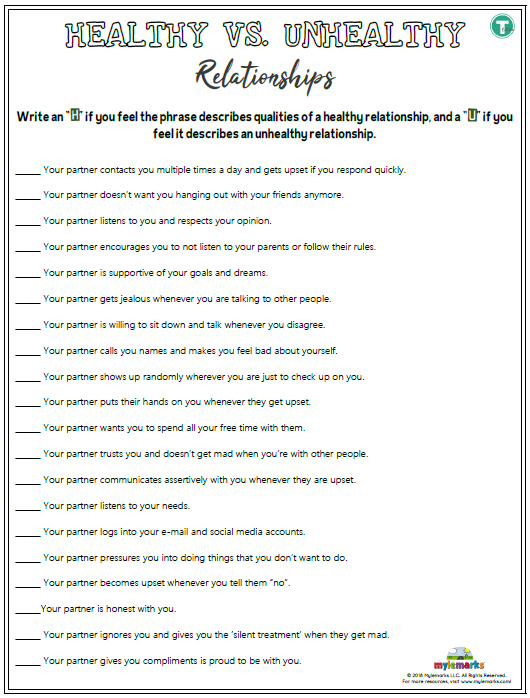 If you say no, stick to it! It's important not to become too dependent upon others for happiness or validation.
If you say no, stick to it! It's important not to become too dependent upon others for happiness or validation.
If you are someone who says ‘yes’ often, then when you start to say no, it can and often does create problems because you are changing things and recognizing what’s best for you. Over time, saying no will become easier and you will feel better for doing it.
And setting boundaries for yourself and reinforcing them even during difficult and challenging times will help you become less codependent. You don't want to become too dependent upon others for happiness or validation because then it becomes harder for anyone else to be there for you when things go wrong (or even right).
Both partners must have their own lives outside of the relationship so that they can be happy without having their needs met by someone else's happiness first. Doing this creates an interdependent relationship, and helps you overcome co-dependency. Codependent relationships without boundaries become dysfunctional and difficult to manage.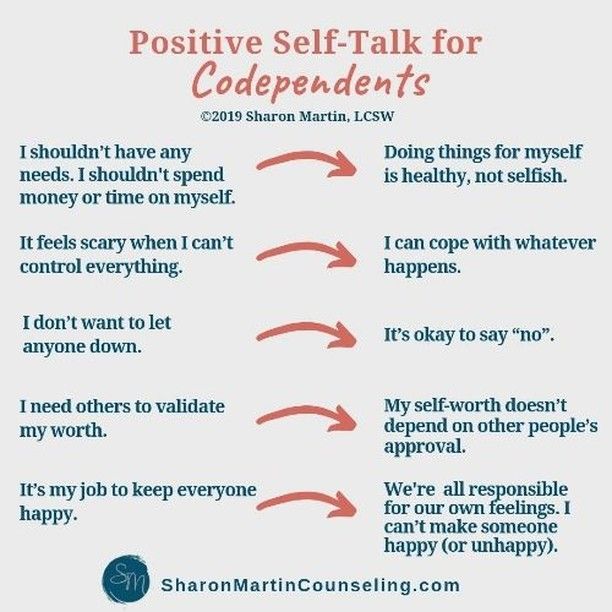 Healthy boundaries are there for a reason.
Healthy boundaries are there for a reason.
Mindfulness is about giving yourself permission to feel what you feel. Its self-approval. You are saying to yourself that you accept how you feel and don't pass judgment on yourself - whatever your feelings are. I approve of these feelings because it means that I am moving through something difficult and I want to change. This is part of my journey. This is a great way to learn how to be present with yourself and with others without feeling like you need something from them all the time.
Mindfulness is when you are mindful of your thoughts and feelings, and you accept them without passing judgment on yourself or going down the proverbial ‘rabbit hole’ repeating the same negative narrative you have been telling yourself. Being more mindful also about practicing meditations.
If you're not sure how to get started with this practice, try meditating for just five or ten minutes each day or simply noticing what's happening around you without judging it as positive or negative (this will help reduce any anxiety).
Creating and maintaining an emotional connection is key to creating a safe, healthy, and secure relationship. The connection that is built between both partners helps to create a deeper level of understanding, seeing, hearing, and validating one another. And the strength of this connection determines the success of a long-term relationship. This is a core feature of an interdependent relationship.
An interdependent relationship involves and requires a balance of self and others within the relationship. Both partners recognize that learning to be present and meet each other’s physical and emotional needs in meaningful ways, is key.
This includes each person taking time for their personal interests, feeling safe and vulnerable around one another, not relying on your partner to make you happy, and having a healthy sense of self-esteem. This type of relationship is key to creating a safe, healthy, and secure relationship and is the healthiest type of relationship.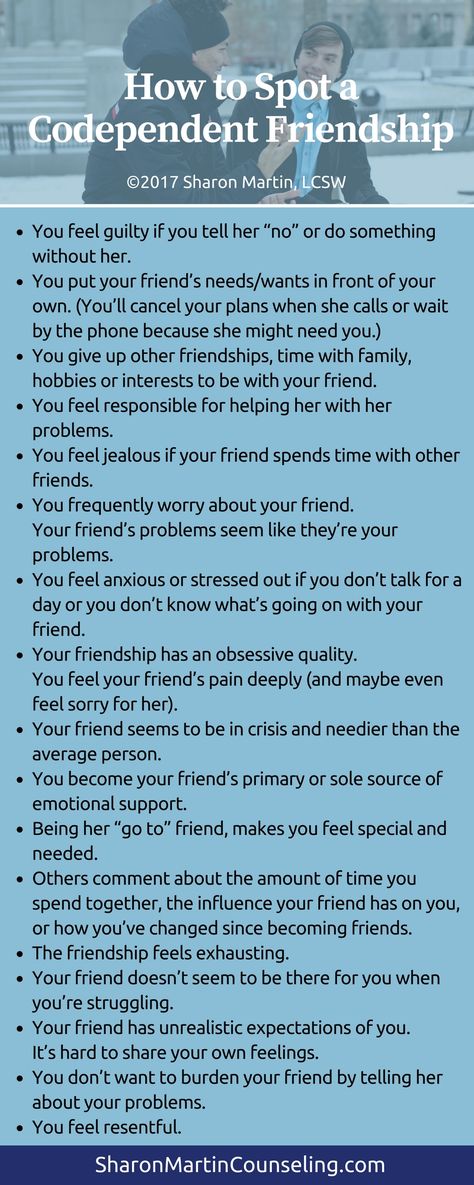
In doing so, you can uncover the trauma that often leads to these types of behaviors. For example, A person can become codependent when they take on an inappropriate emotional responsibility or they are ‘parentified’ (being placed in a parental role at a young age) to survive a traumatic upbringing.
For example, maybe your parent used you to talk about inappropriate things (like money) or depended on you to meet their emotional needs.
If this happened to you, then you will begin to neglect and forsake their needs for the sake of your parent. Unfortunately, this becomes a learned behavior that on the one hand helps you survive your childhood but sets you up to struggle to maintain healthy relationships as an adult.
Can a Codependent Relationship Be Fixed?The short answer - yes. Although codependency is often a serious problem in relationships, it can be fixed if both people are willing to make the changes necessary to make their relationship work.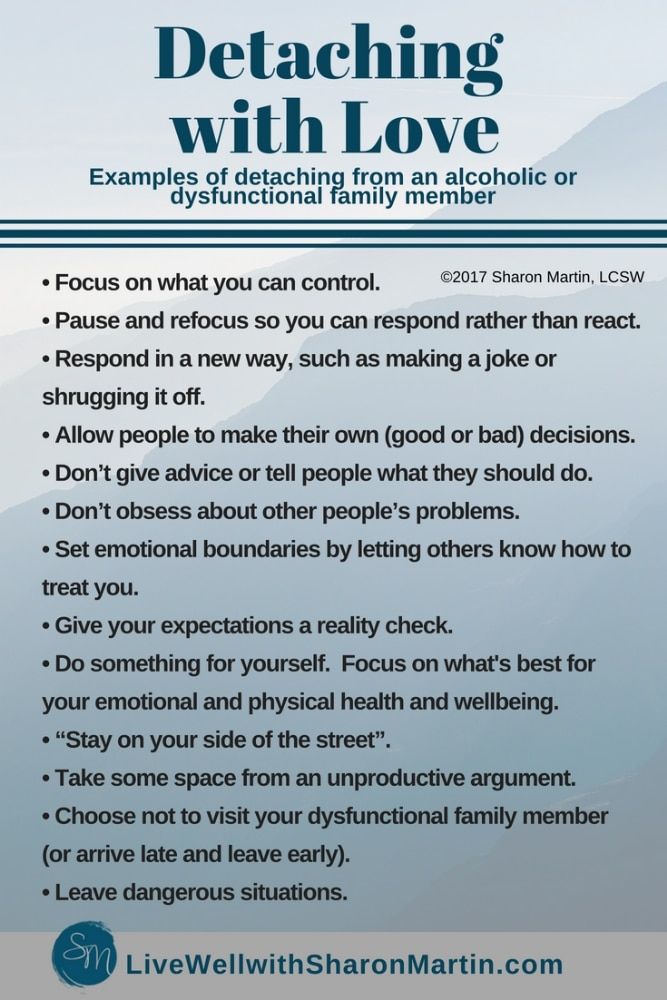
Codependent people often feel like they have no control over their lives or their happiness, as they see their own happiness as being dependent on someone else - but this is not true. They have to learn how to take control of their life and their happiness and recognize that each person is responsible for their own life.
It’s important to remember that the love you may feel for someone you are codependent on maybe love, but it may also be fear of being without them. The other take-home message is that there is importance in deciding to take the steps to become less codependent and learn how to love yourself, put yourself first, and understand the traits that comprise a healthy, interdependent relationship.
Here are 4 things to remember working through codependency:1. Learn to take the steps to learn how to take control of your life and happiness and recognize that each person is responsible for their own life.
2. Awareness, taking teeny tiny steps, making a commitment to change - even a small one, and holding yourself accountable to these changes are ways in which one and/or both people can make the necessary changes to experience personal growth both individually and collectively as a couple.
3. Remember - there is importance on deciding to take the steps to become less codependent and learn how to love yourself, put yourself first, and understand the traits that comprise a healthy, interdependent relationship.
4. Taking the time to make small changes, over time allows each person to use their voice and share what their needs are in a healthy way, and this is done through positive communication. However, if you have an unhealthy codependent relationship, likely, the person you're with is not good for your mental health and well-being.
Final Thoughts on Codependent Relationships:The best way to become less codependent in your relationship is to make sure that you're doing what's best for you and to gain a better and deeper understanding of how you became codependent.
Understanding this will allow you to ‘unpack’ and change how you view yourself in the context of a relationship. Because identifying how you became codependent and the effects of this in your relationship will help you pivot and create a new path for yourself and your relationship.
And if you have a healthy codependent relationship, it's likely that your partner brings out the best in you and helps you grow as a person. It can also be healthy if one person wants to learn how to connect more on a deeper level and become a bit more ‘needier’.
It can be challenging to change your behavior, but it is possible. Identifying how you became codependent and the effects on this in your relationship will help you pivot and create a new path for yourself and your relationship.
But having an awareness and understanding of codependence can help you find clarity and peace in your relationships, which can be the path to being less codependent.
Change is always possible.
Despite our challenges in life, there is often a silver lining.Do you feel like you are too codependent in your relationship? I offer a free 20-minute consultation to discuss how we can work together and discuss ways you can overcome your co-dependency a. Book your FREE session here, or click the button below!
Book your FREE session here, or click the button below!
photo cred: @joshhild
Help for co-addicts in relationships » CO-DEPENDENCE
🔍 article verified by an expert
⏰ reading time 6 minutes
Co-dependency is considered to be a painful attachment to a person. Co-dependent tries to control, manage, influence his partner, often dependent on chemicals or games. That is, one person has a chemical addiction, and the other is dependent on it. Codependent relationships cannot be considered normal, as they lack harmony, peace, mutual respect and love. nine0003
Codependency can be in the relationship of spouses, children and parents, brothers and sisters. But the fact that it is necessary to get rid of co-dependency, that co-dependent relationships will not bring happiness to any of the partners, is undeniable. Test yourself in the best and fastest ➡️ test.
Important to know: You have a great opportunity to get the best education in codependency on our portal, as well as get any information about your case anonymously and free of charge by calling the hotline. nine0003
nine0003
☎️ 8 800 250 54 56
Contents of the page:
What does a co-dependent relationship lead to
It is typical for a co-dependent person to constantly deceive himself - he hopes, believes that the person next to him will eventually change for the better side, although it is not. A codependent seeks to always control a partner, while neglecting his personal interests and needs. A co-dependent is constantly angry at himself and his partner, at the circumstances of his life, at the fact that nothing has changed for many years, although in fact his behavior, among other things, serves as a blocker of changes for the better. Codependent is characterized by depression, psychosis, suicidal moods, decreased libido. On the basis of constant psychological stress, somatic diseases also begin to develop. nine0003
Most often, very emotional individuals who are prone to sympathy and compassion become codependent. Often, co-dependents come from dysfunctional families, these are the children of those parents who were overly strict and inattentive with their children.
How to get out of co-dependent relationships
Help for people who suffer from co-dependent relationships is provided by psychologists and psychotherapists. Rehabilitation centers and anonymous support groups work for codependents. But it is also important to work on yourself. The first step is to acknowledge and acknowledge your addiction. You need to learn how to satisfy your needs, begin to take responsibility for yourself and your life - to understand that it depends only on you whether your future will be happy or unhappy. You need to stop making plans and start acting - you wanted to do something for yourself, but put it off for various reasons - do it right now, without regard to the reaction of your partner. nine0003
Start taking care of your health, love yourself - visit doctors, beauticians, go in for sports. In order to have less time for negative thoughts, make yourself a schedule in which you will not have the opportunity to control your partner, let every hour be scheduled.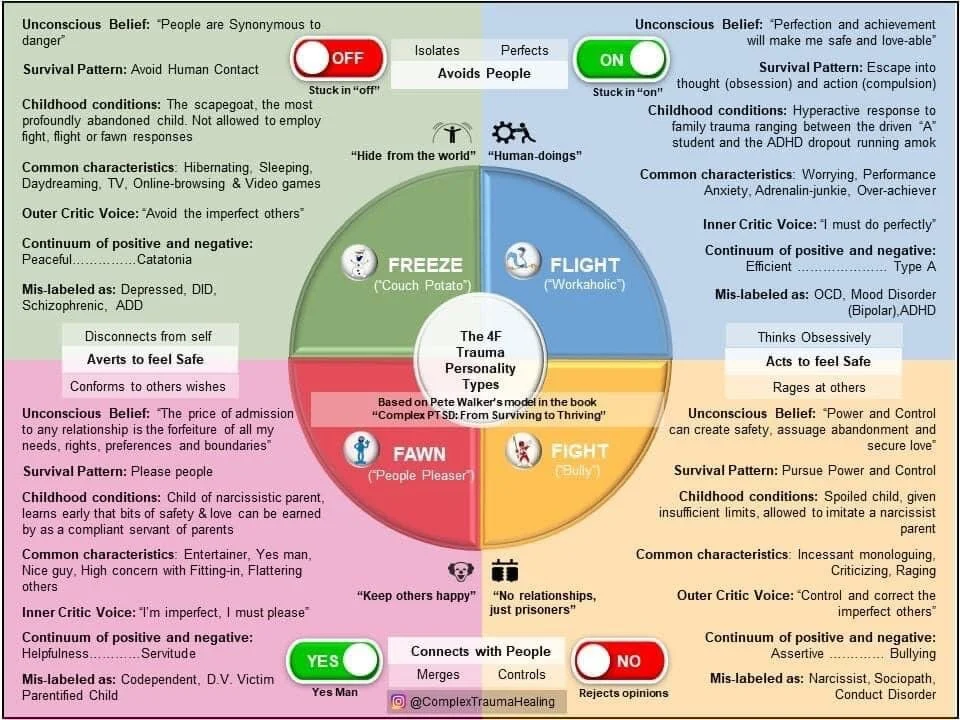
Stop controlling your partner , take care of yourself. Your control will not really benefit him or you. Start living your own interests, set goals that are important to you, not to your partner, and make every effort to achieve them. nine0003
24/7 answers to your questions by phone.
☎️ 8 800 250 54 56
Toxic Relationship Video
Share Codependency project link:
Codependency online » CODEPENDENCE
Article checked by a psychologist: Today is the 21st century and in the world of technology we can easily communicate via video communication with minimal losses as psychological counseling. Today, many people value their time dearly and therefore we offer our services online. nine0003
In the menu you can find a phone number, a button to connect to whatsapp and immediately talk to a psychologist.
☎️ 8 800 250 54 56
If there is an alcohol addict or drug addict in the family, close relatives in most cases develop a condition that psychologists call codependency. Constant stress, problems, troubles that arise through the fault of an addicted person lead to the development of a pathological state of codependency in relatives. By the way, you can take a cool ➡️ test. nine0003
Constant stress, problems, troubles that arise through the fault of an addicted person lead to the development of a pathological state of codependency in relatives. By the way, you can take a cool ➡️ test. nine0003
Contents of the page:
Dependence on addiction
The essence of codependence is as follows – an alcoholic or drug addict is dependent on psychoactive substances, and close relatives, in turn, become dependent on an alcoholic or drug addict. The consequences of developed codependency include mental disorders, depressive states, loss of personal qualities, suicidal thoughts, the appearance of dependence on alcohol and drugs against the background of codependency.
Relatives gradually begin to live only with the problems of an alcohol addict or drug addict , all activities are planned with an eye on the patient, personal plans and interests recede far into the background. Progressing, codependence leads to the fact that codependents cannot imagine another life, they unconsciously contribute to the patient's condition remaining at the same level.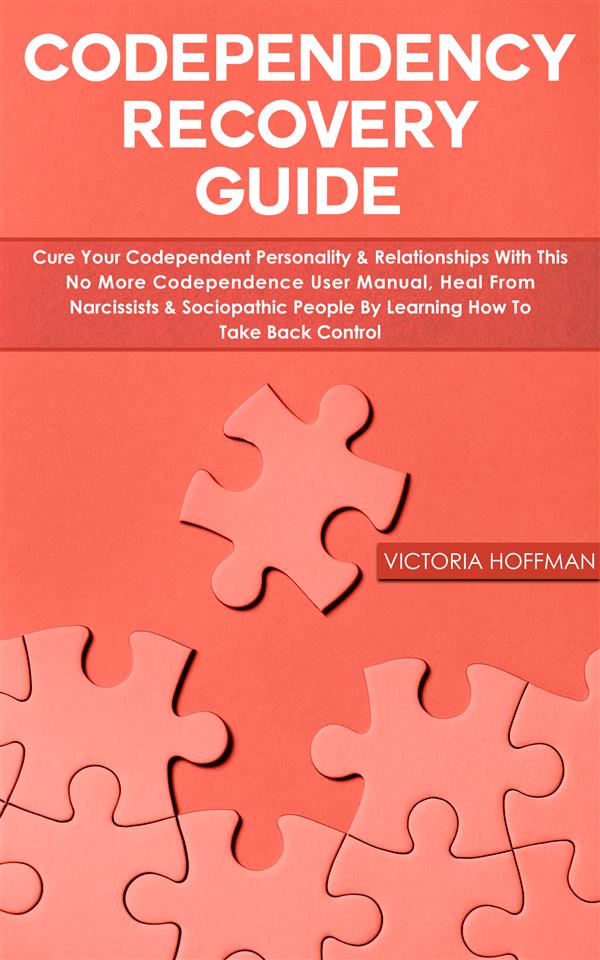
How to overcome codependency
To get rid of codependency, you need to:
- admit to yourself that you are codependent and need psychological help;
- start expanding your social circle - not limited to family members, close relatives;
— take care of your own interests and personal problems, start devoting time to yourself, rather than spending it on re-educating an alcoholic or drug addict;
- Seek help from professional psychologists to overcome codependency.
Help for codependents online
Signs of codependency include complete immersion of a relative in the problems of an alcoholic, drug addict, neglect of personal interests, search for excuses for the addict both in their own eyes and in the eyes of others. So that codependency does not become a way of life, does not lead to sad consequences, treatment is necessary.
Today, in order to get rid of codependence, it is not necessary to go to the clinic.
